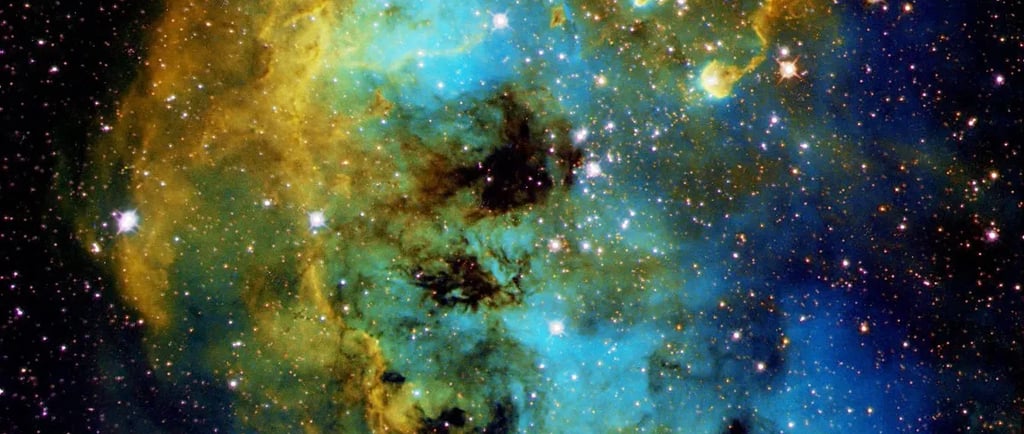The Tadpole IC40/NGC 1893


Introduction to the Tadpole IC40/NGC 1893
The Tadpole IC40, also known as NGC 1893, is a captivating astronomical object located approximately 12,000 light years away from Earth in the Auriga constellation. This intriguing nebula is not just a distant object of interest; it plays a crucial role in our understanding of stellar formation and the dynamic processes that shape our universe. Formed through a complex interplay of cosmic forces, the Tadpole serves as a stunning example of nature's artistry.
Characteristics of NGC 1893
At the heart of IC40 lies a young star cluster known as NGC 1893. This cluster is distinguished by its high energy output, primarily driven by intense radiation coupled with powerful stellar winds emitted from its stars. These phenomena sculpt the surrounding gas and dust, creating beautiful structures that make the Tadpole a significant object for astrophysical studies. The energetic environment surrounding NGC 1893 enhances our understanding of how stars influence their cosmic neighborhood, fostering an enriching environment for further star formation.
The Role of Stellar Winds and Radiation
The radiation emitted from NGC 1893's stars is not only pivotal for the evolution of the Tadpole nebula but also plays a crucial role in the interstellar medium. As these young, hot stars expel material into space, they create shock waves that compress adjacent gas clouds, potentially triggering the birth of new stars. This process exemplifies the cyclical nature of cosmic evolution and highlights the interplay between stellar activity and the structure of cosmic entities like NGC 1893. By studying the effects of stellar winds and radiation in the Tadpole nebula, astronomers can gain profound insights into star formation theories that apply across the universe.
Conclusion: A Gateway to Understanding Stellar Evolution
The Tadpole IC40/NGC 1893 exemplifies the extraordinary complexity and beauty of cosmic phenomena. With its incredible distance of 12,000 light years, this nebula serves as a window into the processes that govern star formation and the intricate relationships within galaxies. By observing and studying objects like NGC 1893, scientists can piece together the history and mechanics of our universe, showcasing the endless quest for knowledge in the realm of astronomy. The significance of this stellar nursery goes beyond mere fascination, as it anchors our comprehension of both individual stellar development and the grand tapestry of cosmic evolution.
